Five Tips for Better Acoustic Guitar Recordings
Try these tips to improve your home recording workflow!
Besides vocals, acoustic guitar recordings are among the most common ones in home recording. A few things must be kept in mind to ensure the recordings sound good. We’ve teamed up with Warm Audio to bring you five tips for getting better acoustic guitar recordings!
Check out our five tips!
Acoustic Guitar Recording Tip #1: Preparation is Everything
Preparation is key. Before recording, it’s important to practice the song enough to master every part. This goes beyond just learning the chords and notes. It also involves technique, especially when playing acoustic guitar. You’ll quickly hear creaking strings or unclean notes if you don’t nail it.
Moreover, make sure you put on fresh strings before a recording session and don’t wear any clothes or jewelry that make noise. A clinking necklace or squeaky leather pants are usually impossible to eliminate after the fact. The time of day might also be a big factor: neighbors mowing the lawn, children running around, or the rumbling garbage collection can be an insurmountable source of acoustic interference, especially when recording at home.
If you record yourself and, as recommended in most cases, record each song part one after the other, keeping a notepad handy is a good idea. This is because if you play take after take without notes and plan to edit the best moments together afterward (this is also known as comping), it can quickly become confusing.
Tip #2: Why not try a ribbon mic?
Many lists of the best microphones for recording acoustic guitar focus on a stereo pair of small diaphragm microphones, a single large diaphragm model, or a combination of these. This gets you in professional sound in most cases.
But to achieve the warmth and bassiness of ribbon microphones like the Warm Audio WA-44*, you’d really have to get creative with post-processing to get a similar sound with other microphone types. The WA-44 emulates the RCA 44, one of the most legendary ribbon mics in studio history.
Following Warm Audio’s principle of “almost as good as the original legend, but significantly less pricey,” they’ve come pretty close here. So, if you’re looking for a one-stop-shop solution to the studio sound of the fifties and sixties, the WA-44 might be it. Note, though, that it’s extremely important to avoid phantom power with ribbon microphones – it will break them.

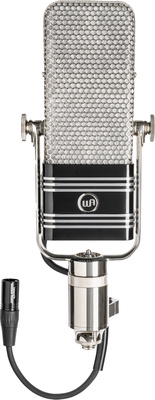
Acoustic Guitar Recording Tip #3: More polish with the Beatles mic
Let’s stay with Warm Audio. They’ve also recently added the WA-19* to the range. It’s a dynamic microphone that emulates another studio legend, the AKG D-19. This was the “Ringo Mic” of the Fab Four (via Sound on Sound) in the Abbey Road studios of the late fifties and sixties. It was mainly used for overheads and toms with Ringo Starr.
AKG stopped making the D-19 long ago, and because of its association with the Beatles, you’d have to pay quite a bit of money to get the original used. The WA-19 brings the Beatles sound to your home at a much more affordable price. If you’re looking for a little more “shine” in the upper mids and highs, the WA-19 is a great choice for recordings with an acoustic guitar.
In addition, this dynamic microphone can also be used for vocals, percussion, and drums in general.




Tip #4: Mix it up
If you’re going vintage, make sure you do it right. So, if you want it to sound full, warm, nice, and wide, why not combine the two Warm Audio microphones? Use the WA-44 on the guitar’s body for the darker resonances and the WA-19 between the 12th fret and the sound hole for the high-frequency sparkle and the strums’ dynamics; you’ve got a classy vintage sound!
When you’re using two microphones, especially different ones, it’s important to ensure the signals don’t cancel each other out too much in terms of phase. You’ll probably need to experiment a bit here because sometimes, just a few inches or a slightly different angle can make all the difference.
This combination of ribbon microphone and dynamic microphone is pretty classy when you’re recording an acoustic guitar. It’s a great way to break out of the uniformity of large diaphragm microphones in terms of sound.
Acoustic Guitar Recording Tip #5: Add your smartphone!
Use your smartphone as a backup microphone or to capture spontaneous ideas! Today’s smartphone microphones have come a long way compared to just five years ago. Therefore, a growing number of producers use their smartphones alongside a good ribbon or small diaphragm microphone when recording an acoustic guitar.
The results depend on a few things. How important the guitar is in the arrangement, how good your room acoustics are, how cleanly you play, and what sound you’re going for in your song. In quite a few cases, a smartphone can be a good-sounding backup microphone, especially if you only have a microphone like the Warm Audio WA-44 available for acoustic guitar recordings as the main mic.
In other words, you can get a second track with a different timbre by positioning your smartphone on the acoustic guitar differently. Give it a try!
Conclusion
As with anything, practice makes perfect, so be patient with yourself as you work on your recordings. The first few attempts might not be the best, but that’s all part of the learning process.
The technical and acoustic challenges might also seem minor. But once you spend three afternoons hanging up your recording corner with cloths and carpets, sending the kids to play with friends, and then discovering that the refrigerator’s humming can be heard on all takes. You’ll see how many other factors contribute to a good recording, in addition to a good microphone.
About Warm Audio and recording guitar
*Note: This article was created in cooperation with Warm Audio. It contains widgets and advertising links that help us to finance our site. Don’t worry: the price for you always remains the same! We will receive a small commission if you buy something through these links. Thank you for your support!
One response to “Five Tips for Better Acoustic Guitar Recordings”

 1,8 / 5,0 |
1,8 / 5,0 | 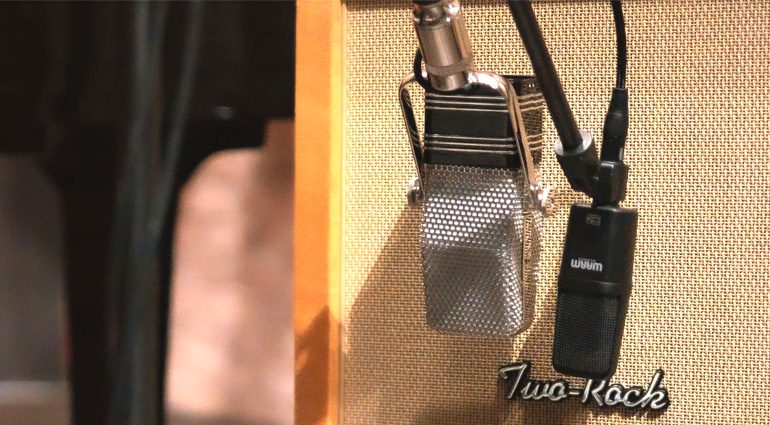

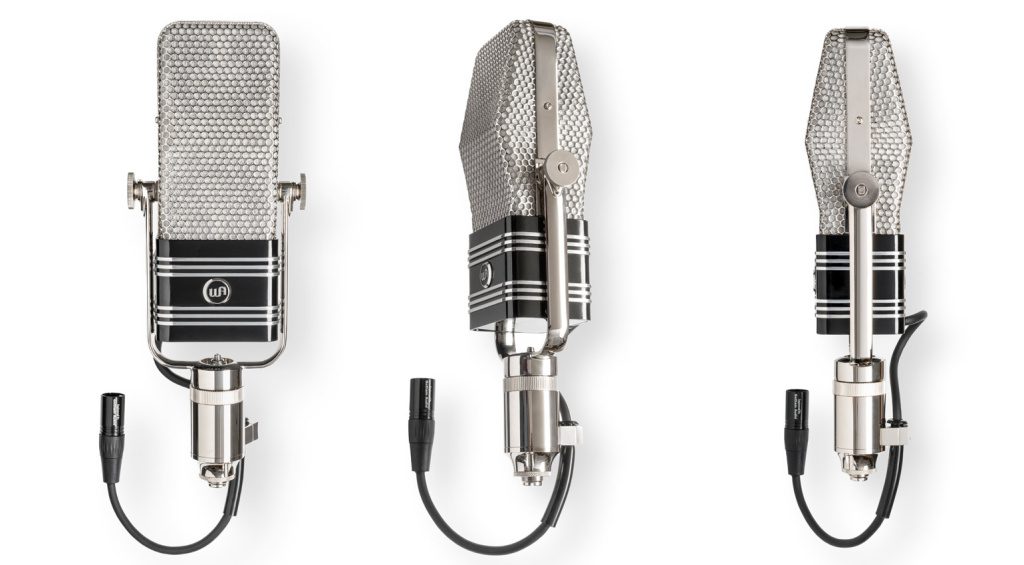
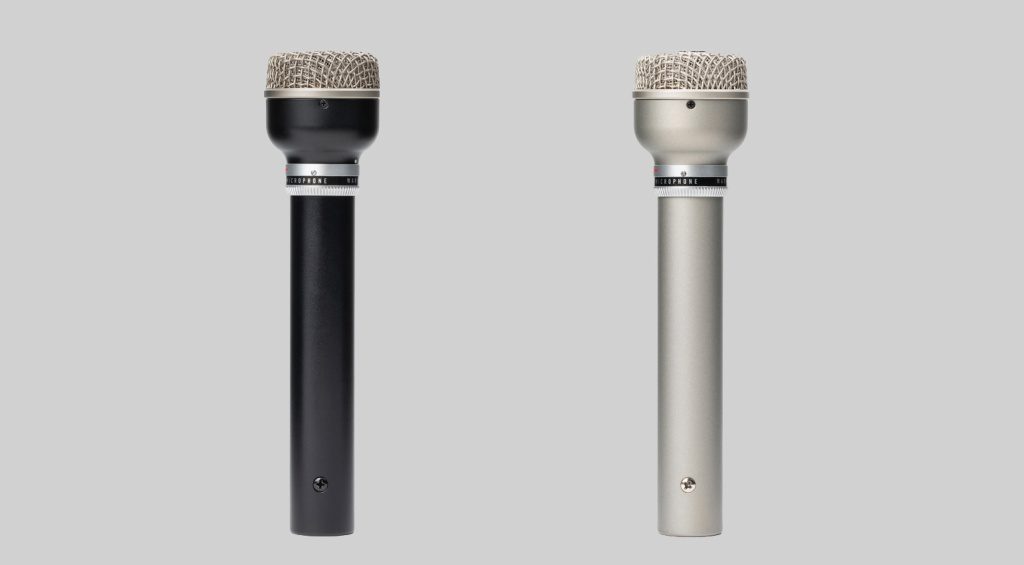

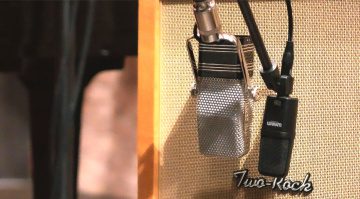


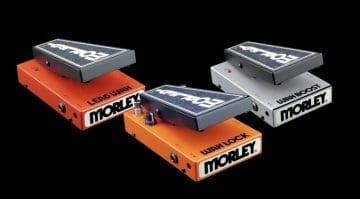
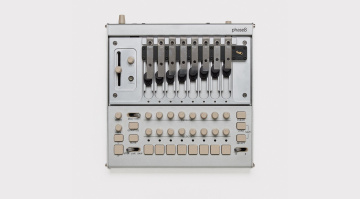
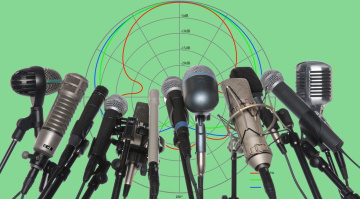

It is so hard to get the right tone tracking acoustic guitar, I thought this would be something interesting regarding the subject, but it is just another Warm Audio commercial…. way to much “hidden” commercial in here, super annoying.